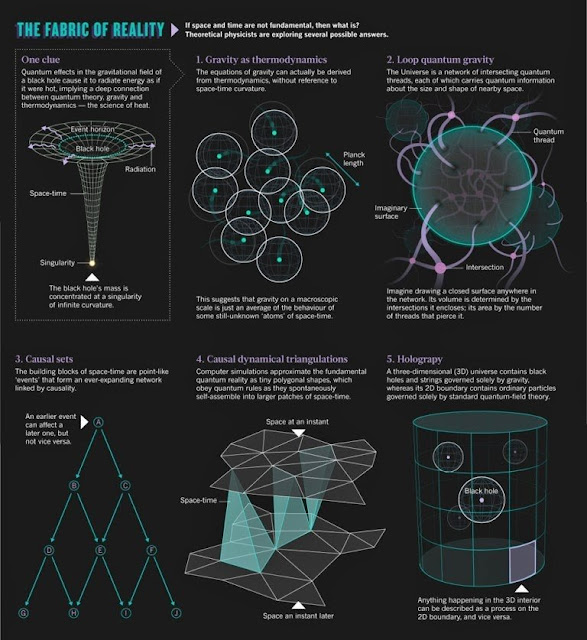Some Beautifully Amazing points pick by me (Aman Kumar)
1.The universe appears, incredibly hot, busting, expanding, within a second.
2.Stars are born.
3.Stars die, creating temperatures hot enough to make complex chemicals, as well as rocks, asteroids, planets, moons, and our solar system.
4.Earth is created.
5.Life appears on Earth, with molecules growing from the Goldilocks conditions, with neither too much nor too little energy.
6.Humans appear, language, collective learning.
7.Christian elaborated that more complex systems are more fragile, and that while collective learning is a powerful force to advance humanity in general, it is not clear that humans are in charge of it, and it is possible in his view for humans to destroy the biosphere with the powerful weapons that have been invented.
In the 2008 lecture series through The Teaching Company's Great Coursesentitled Big History: The Big Bang, Life on Earth, and the Rise of Humanity, Christian explains Big History in terms of eight thresholds of increasing complexity:
The Big Bang and the creation of the Universe about 13 billion years agoThe creation of the first complex objects, stars, about 12 billion years agoThe creation of chemical elementsinside dying stars required for chemically-complex objects, including plants and animalsThe formation of planets, such as our Earth, which are more chemically complex than the SunThe creation and evolution of life from about 3.8 billion years ago, including the evolution of our hominine ancestorsThe development of our species, Homo sapiens, about 250,000 years ago, covering the Paleolithic era of human historyThe appearance of agriculture about 11,000 years ago in the Neolithic era, allowing for larger, more complex societiesThe "modern revolution", or the vast social, economic, and cultural transformations that brought the world into the modern eraWhat will happen in the future and predicting what will be the next threshold in our history




Comments
Post a Comment